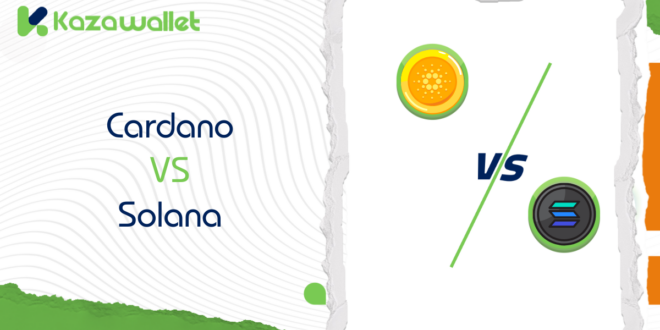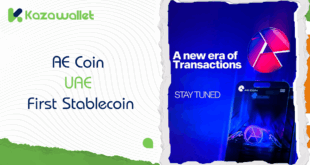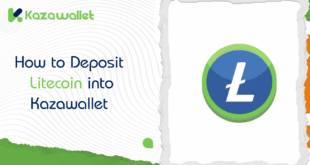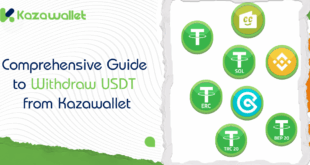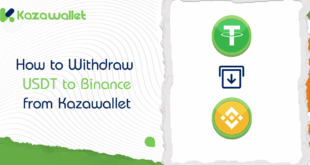Both the Cardano and the Solana cryptocurrencies are initiatives that embody two very different visions for the future of the blockchain.
But what is Cardano vs Solana, and what makes each one stand out from the rest? And how would the risks involved with them impact them in the future?
This article enlightens the reader on these questions in simple, easy-to-comprehend language, along with the differences between Cardano and Solana, to provide the reader with a clear idea regarding what each cryptocurrency is and what makes them unique.
What is Solana?
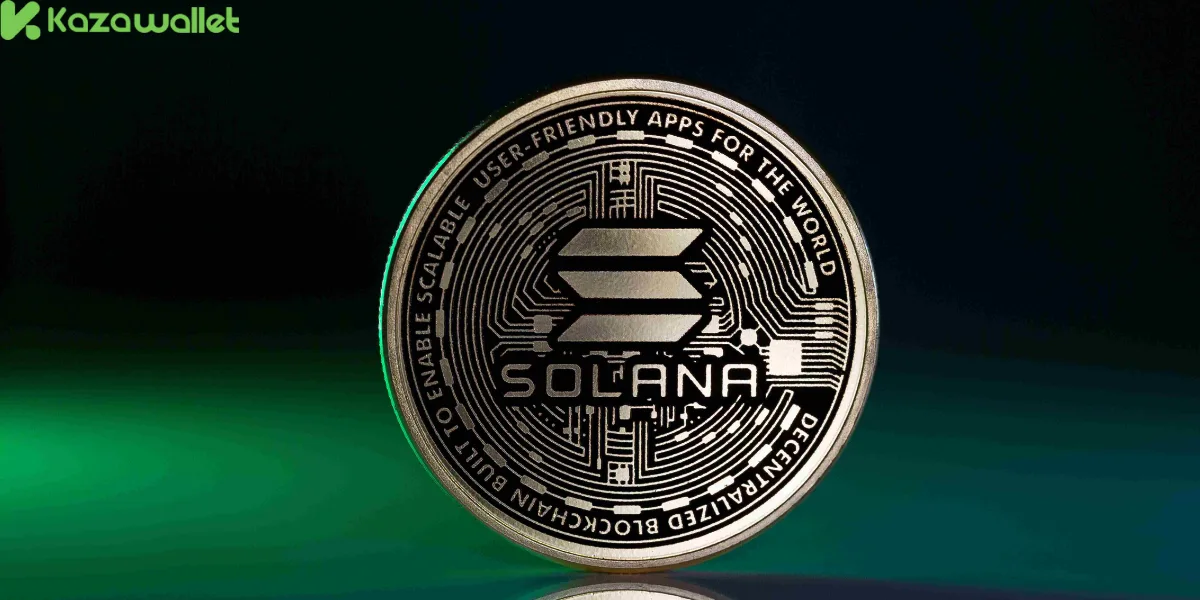
Solana (SOL) represents one of the fastest blockchain networks in the market and is considered a versatile platform designed to provide effective solutions for decentralized applications (dApps) and smart contracts.
Launched in 2017, it stands out for its infrastructure, which relies on an innovative consensus mechanism called “Proof of History” (PoH), a technology that adds a new layer of efficiency to the system.
Solana achieves a challenging balance: combining high speed with low costs. This has made it a favorite destination for developers seeking to build applications that require fast data processing, such as digital gaming and decentralized markets. However, this speed comes with its own set of challenges, which we will discuss later.
Practically speaking, Solana is primarily used in projects that require exceptional speed, such as instant trading in decentralized finance (DeFi) or the creation and management of non-fungible tokens (NFTs).
Bitcoin vs Solana: Which is Better for Investment?
What is Cardano?
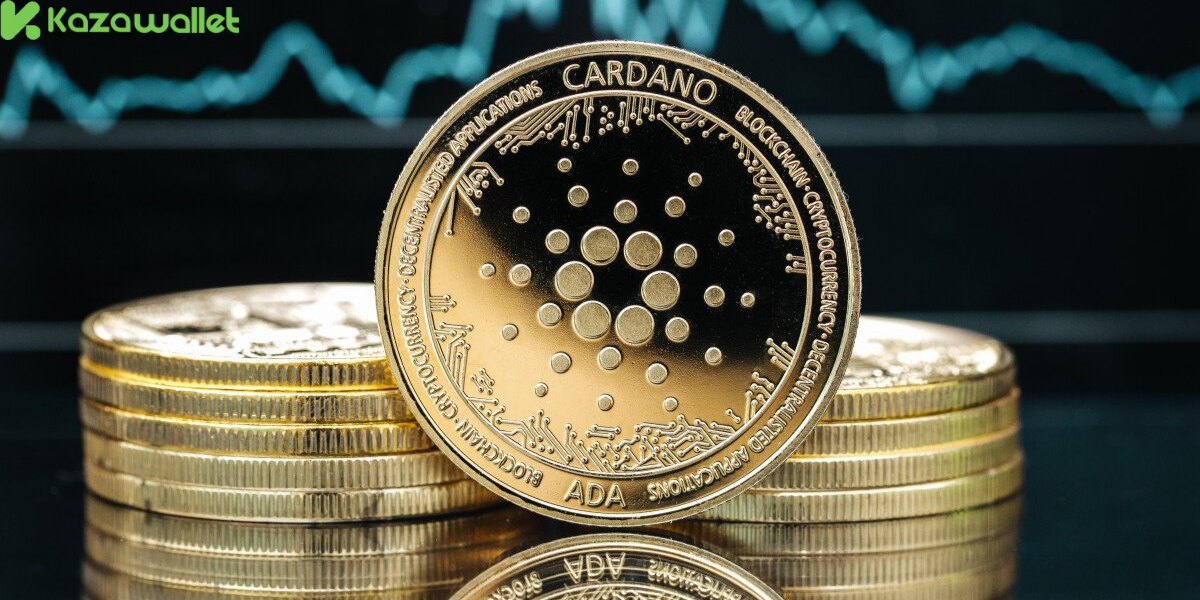
Cardano (ADA) is an ambitious project often referred to as the “third generation of blockchain.” Developed by a team of scientists and engineers, Cardano aims to present a scalable blockchain system designed according to strict scientific standards.
Cardano relies on a consensus mechanism known as “Proof of Stake” (PoS), which is more environmentally efficient compared to older mechanisms like “Proof of Work” (PoW).
Unlike Solana, Cardano focuses on providing sustainable and secure solutions, with an emphasis on financial inclusion in emerging markets.
Cardano is not just a technical platform; it is a project striving to achieve broad social impact.
Bitcoin vs Cardano: Which is Better for Investment?
Cardano vs Solana: The Differences Between Cardano and Solana
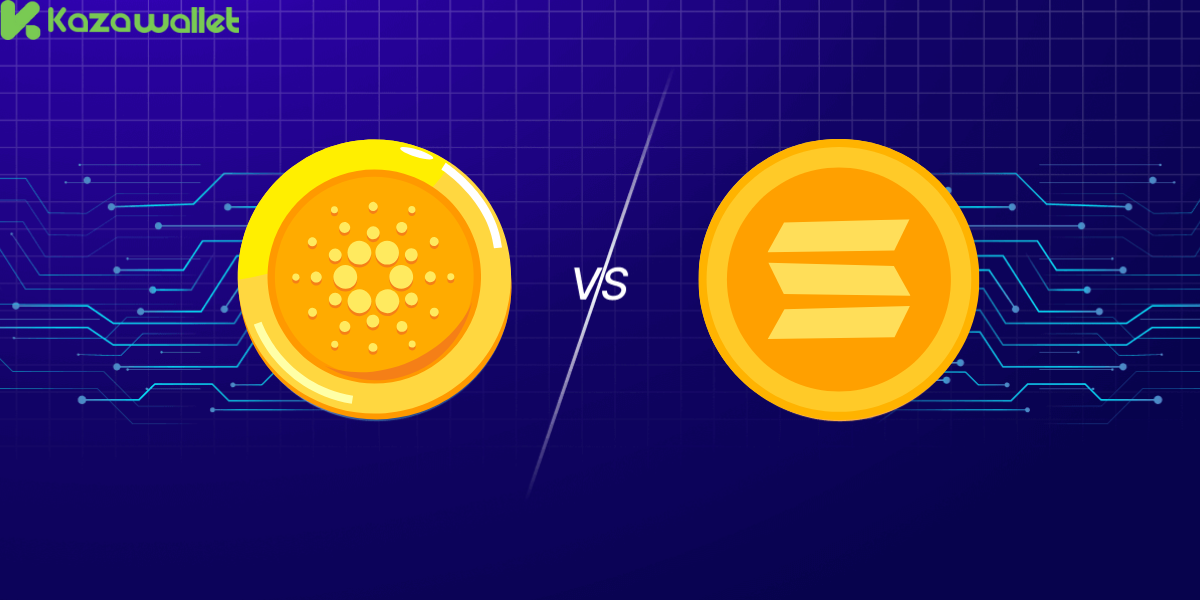
When examining Cardano and Solana from a broader perspective, we can observe how each reflects a completely different vision for the future of blockchain through the following distinctions: Here’s the Differences Between Cardano and Solana:
Primary Purpose:
Cardano focuses on providing a secure and sustainable blockchain system capable of supporting decentralized applications while considering environmental and social aspects.
On the other hand, Solana aims to be a high-performance network offering exceptional processing speeds, making it particularly suitable for applications requiring rapid data processing.
Technology:
One of the differences between Cardano and Solana is that Cardano relies on scientifically proven technologies, with an emphasis on security and decentralization.
Meanwhile, Solana relies on the innovative “Proof of History” (PoH) technology, which adds a temporal layer to transactions, allowing for faster and more efficient processing.
Stability:
Another one of the differences between Cardano and Solana is that Cardano is considered one of the most stable blockchain networks, thanks to its focus on scientific research and rigorous security testing before implementing any updates.
On the other hand, Solana has faced repeated issues related to network outages and service interruptions, raising questions about its long-term stability.
Use Cases:
One of the differences between Cardano and Solana is that Cardano is mainly used in applications that require security and sustainability, such as digital identity and decentralized finance (DeFi).
But Solana is widely used in applications that demand high speed, such as digital gaming and decentralized markets (NFTs).
Decentralization:
Cardano is considered one of the most decentralized networks, as it is operated by a diverse set of independent nodes. In contrast, Solana relies heavily on a limited number of primary nodes, making it less decentralized compared to Cardano.
USDT vs Cardano: A Comparison of Risks and Stability
Cardano vs Solana: Risks Associated with Cardano and Solana
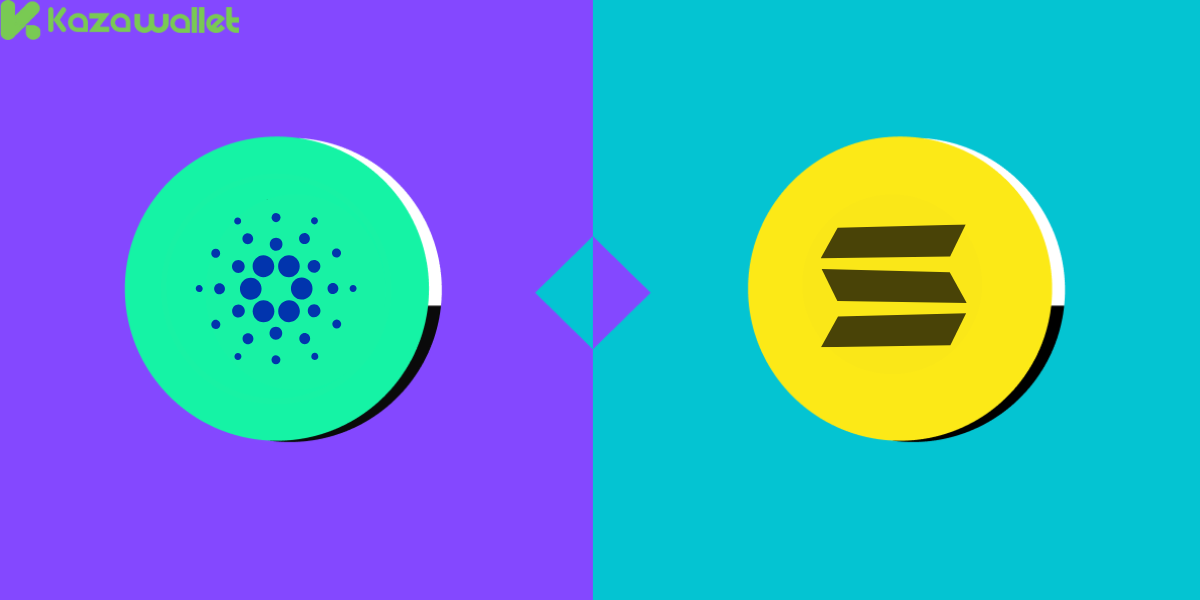
Risks Associated with Cardano (ADA)
- Market Volatility: The price of ADA is highly volatile, influenced by project-related news, such as updates or partnerships, as well as general changes in the cryptocurrency market.
- Scalability Challenges: Despite Cardano’s efforts to improve scalability, its ability to handle a large number of transactions is not guaranteed, potentially leading to higher transaction fees or slower execution.
- Security Concerns: Although it uses the more secure “Proof of Stake” mechanism, the network is not immune to security vulnerabilities that could lead to breaches or loss of user funds.
- Regulatory Uncertainty: ADA lacks regulatory clarity in many countries. Regulatory changes could impose restrictions or even ban the use of the currency, hindering Cardano’s expansion and growth opportunities.
- Market Risks: Cryptocurrency markets are prone to bubbles, where prices rise sharply and then plummet suddenly.
Risks Associated with Solana (SOL)
- Partial Centralization: Despite being a decentralized platform, Solana relies on a relatively limited number of validators, making it more susceptible to central control or disruptive attacks.
- Scalability Issues: While Solana performs exceptionally well under ideal conditions, it has struggled during peak periods, where high demand has caused transaction delays or even complete halts.
- Frequent Outages: Solana has experienced several outages in the past, affecting its stability and reliability. These incidents cast doubt on its ability to provide consistent service over the long term.
- Dependence on Rust Programming Language: Although Rust is considered relatively safe, any undiscovered vulnerabilities in the language could expose the network to serious attacks, threatening the entire system.
- Transaction Failures: Solana faces challenges in scheduling and including transactions in blocks, leading to delays or failed transactions.
- Risk of Theft: Protecting SOL wallets requires strict security measures, such as using secure wallets (like “Kazawallet”) and enabling two-factor authentication, to avoid thefts and breaches that could result in the loss of digital assets.
In Conclusion:
While Cardano and Solana offer innovative solutions in the world of blockchain, each comes with its own set of distinctions and challenges that must be considered.
Whether you’re looking for a network focused on sustainability and security or a platform that delivers exceptional speed, the choice ultimately depends on your priorities and goals.
Do not forget that the use of such cryptocurrencies as Bitcoin, Tron, Solana, Binance, and others is made more convenient by kazawallet.
 Blog Kazawallet
Blog Kazawallet
